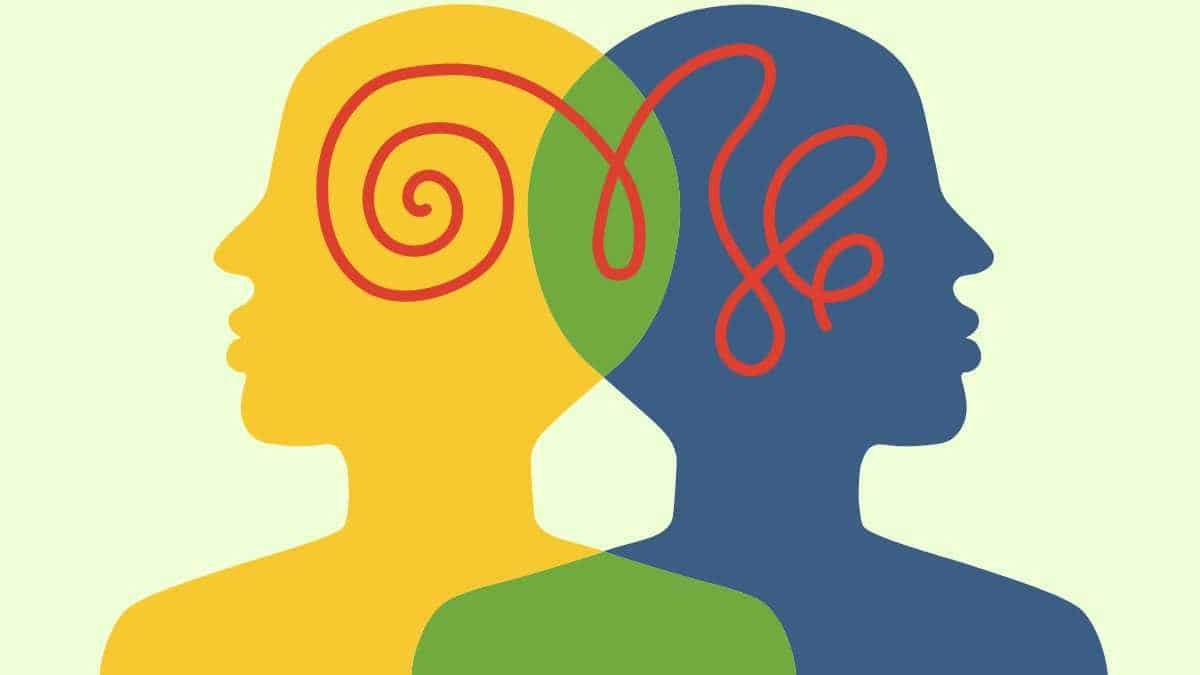Individuals experiencing anger, contempt and disgust are more likely to act and behave in a hostile manner toward those they disagree with, new research from San Francisco State University shows.
Past research had demonstrated an association between these emotions, collectively known in the field as ANCODI, and hostility, but the new study published today in the Journal of Applied Social Psychology is the first to prove the connection. The findings have important implications for a variety of fields, including politics and law enforcement.
Said lead author David Matsumoto, a professor of psychology at SF State who has extensively studied how emotion can incite hostility among ideologically based groups:
“Once we are able to identify the specific emotional mix that leads to aggression, we can do something about it.Now we know what to look out for when we’re trying to monitor and/or prevent other people’s aggression.”
In the study, participants were divided into three groups.
Images meant to elicit ANCODI emotions, fear and sadness, or neutral emotions were shown to participants who were asked to comment on the images. Matsumoto and his colleagues then measured the participants’ levels of hostility by providing each with a brick and asking them to describe how they would use it as well as how they would describe a self-selected opponent group—for example, a Republican for a Democratic participant —- or a neutral group.
Subtle Hostility
Those in the ANCODI group described less constructive uses for the brick—throwing it through an opponent’s window, for example, versus building a house. They also used more personal pronouns and fewer social words like “friends” or “family” when describing opponent groups.
“Previous research, by us and by others, has shown that this type of word usage is associated with aggressive acts,”
said Matsumoto.
Hostility among the ANCODI group also manifested in more subtle ways that surprised the researchers. Members of this group used more force when placing the brick on a counter and also walked more quickly from one part of the study to another.
Additionally, although the emotions of anger, contempt, disgust, fear and sadness may sometimes seem to overlap, each exhibits distinctive properties. Anger is elicited when one feels a goal is obstructed, contempt arises when one feels superiority and disgust is provoked when one perceives objects to be “contaminated.”
Strange Brew
“Fear and sadness are very different,” Matsumoto said. “Fear is the emotion of threat and sadness is the emotion of loss. They all have different functions, and when you put anger, contempt and disgust together, that’s when you get hostility.”
Matsumoto hopes that future research will explore whether a person with neutral feelings toward a group can be made to feel hostile toward it, as well as ways to reduce ANCODI emotions and the probability of aggressive acts.
“Once we can measure this particular triad of emotions in a reliable way, whether it’s by words or by nonverbal behavior, then we can monitor the degree to which a person is primed to be aggressive,”
he said.
Reference:
- Matsumoto, D., Hwang, H. C. and Frank, M. G. (2016). The effects of incidental anger, contempt, and disgust on hostile language and implicit behaviors. Journal of Applied Social Psychology. doi: 10.1111/jasp.12374
Last Updated on December 12, 2023
